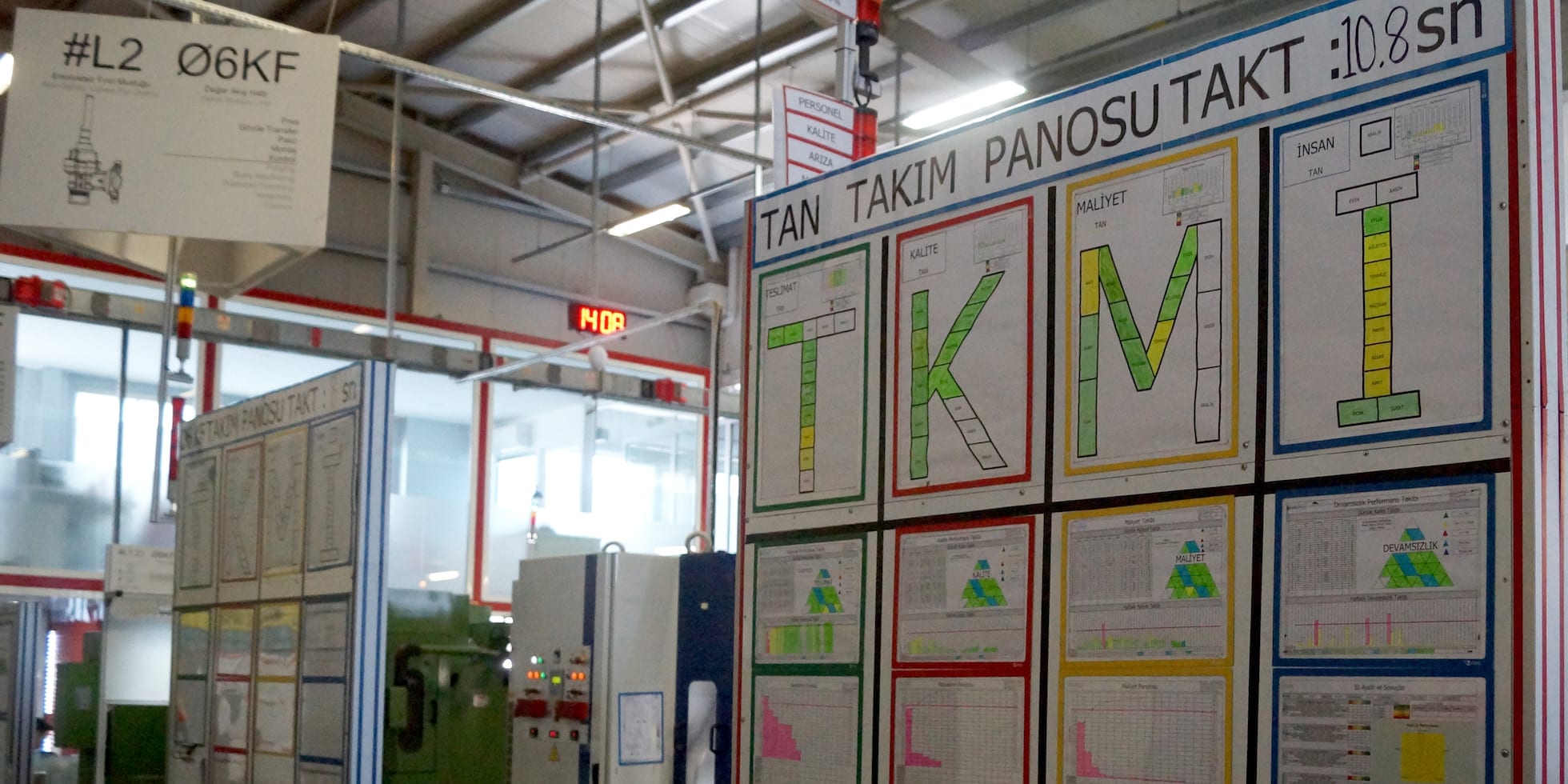
What it takes to effectively run a lean game
FEATURE – In this article, Joakim Hillberg shares his experience teaching trainers how to run lean games and some hints on how to practically and effectively coach game participants.
Words: Joakim Hillberg, Revere AB
Over the course of my career I’ve had the opportunity to work with lean in a wide range of sectors and countries, and have often found games to be most useful to create an understanding of lean and foster motivation (you can read my previous article on lean games here – it is a good idea to go back to it before reading this article).
Most importantly, I have taught over 200 trainers how to run games. Games can be really powerful if coached properly: I have seen clients learn to set up new lines just from playing a short game and global supply chains use games as a reference years after they first tried them. But games can also wreak havoc, create false expectations and just be detrimental for lean.
When running a game, I think the first questions to ask management (or yourself if you are the manager/teacher) are:
- Why do you want this team to play?
- Do you have any specific learning objectives?
- What is the next step after playing the game?
- What is the playing team’s lean story and knowledge?
If there is not clear transformation strategy, you may as well do something else! But if the next steps and purpose are clear, it is a good idea to tell yourself, as a facilitator:
I have played this game before over x number of times, but the group has not. It is their learning journey and they learn best from making their own mistakes rather than having me telling them what they should learn or what mistakes I have made or seen.
During the game the focus is to make the team learn as much as possible, not pushing lean knowledge onto them. The best learning takes place when participants are allowed to fail and overcome challenges themselves. Your role as a facilitator is to challenge them in the game and pose questions.
EXAMPLE OF QUESTIONS IN A MULTI-ROUND LEAN GAME
- Early in the game, after round 1
After playing the first round, it’s good to have a simple debriefing. Ask each player how the game went (if in your simulation there is a customer, start from them). Typically, you will find that the players have worked hard in their functional silos but that the customer is very unsatisfied. Don’t forget to let everyone speak once, to facilitate team discussion later on in the game.
Following the debriefing, a good question for the whole team is: What could the next step be?
Good answers to look out for are measure and understand the current state.
At this point, the follow-up questions could be:
- What are typical measurements? For this, a good answer is QLEH (Quality, Lead-time/delivery, Efficiency/Economy and HR).
- How do we understand a current state? Answer: value stream mapping, which can then be done.
- Learning lean
As a facilitator, it is easy to fall into the trap of going through the theory of lean before the group plays. However, in my experience there is better learning when lean principles are taught after they are tested in a round. This is the fundamental thought behind learning by doing: not only does practice accelerates learning; it also is more fun for both facilitator and players. It’s actually applying pull to learning!
- If things go wrong
People often think of improvements during games, which can lead to worse performance than prior rounds in a multi-round game. Say during your game someone suggests the implementation of a pull system but there is not enough flexibility in the flow so the round takes a turn for the worse.
Remember then that the way you use the why question is critical: “Why did you do this?” is of course not a good question. A good coaching approach is instead to praise the person behind the failed idea. “Great, now you can learn why this didn’t work, what went wrong,” and “Could this have been predicted? If so, how and why?
- If the group does not know what to change
A proactive solution here is to make sure the game rounds can be measured and have a visual follow-up of key measurements (see photo for an example).

Let the group write with a green pen if it’s ok and red if it can or should be improved. Then you also train a simple visual PDCA. Asking questions to the group connected to their team board is also extremely useful: “Why is this number red?” “Which of the eight wastes, variation or overburdening (muda, mura, muri) is causing this?” or “What can you improve to make it green?” and so on.
In summary, good coaching questions are why, what and how, with further clarification coming from where and when. Visual management with a target team board can also be used to teach lean, give real-time feedback, and coach the group on having the same focus. Addressing this team target board with questions facilitates learning. I also recommend having simple flipcharts for the measures instead of computerizing the follow-up: transparency is better, there is less hassle and set-up with projector and the team finds it easier to own the follow-up.
- Reflect to get deeper learning
After playing, I always recommend spending time on reflection.
I normally carry out a two-dimensional reflection in two stages.
The first dimension is about what was learned while playing. Example of a question: “What is lean?” (I.e. reflect on the difference between first and final round). The second dimension is about bringing the experience back home, to the actual work. Examples of questions here are: “What are some examples of waste, variation and overburdening from your own working area?” or “What ideas for improvement do you see in your area based on what you learned today?”
Remember, if you ask people for improvements you need to ensure these are then implemented. A great example are some organizations I have worked with, which use the game as a kick-off for the teams’ continuous improvement initiatives and train their visual continuous improvement as part of the game. If you have no process in place for this, don’t ask for actual improvements, as you would create false hope. Instead, just ask for examples of waste, variation and overburdening.
For students, the second dimension can be more difficult. For that, you can use a case study/visit or they can reflect on a common area like a cafeteria, giving examples of waste, variation and overburdening there.
The two stages in reflection are:
- First, handing out a template with reflection questions (see photo and link) and letting people first reflect individually for around five minutes;
- Second, having them sit in teams of four-five people, discuss and prepare a joint flipchart presentation. This makes the group discussion more powerful and increases the value of individual reflection. Let the whole team stand up and present together, which teaches them to speak in front of others. As a coach, just ask questions and perhaps add some more theory or practical examples.
Here's a reflection template (also available here).

Don’t forget, the best way to create an understanding of lean is on-the-job training, experimenting, and improving the work. Lean games should be treated for what they are: a powerful tool that facilitates learning.
THE AUTHOR

Read more


CASE STUDY – From client and supplier to partners-in-lean: how solving a problem together transformed the relationship between a Dutch hospital and the laundry supplying clean garments to it.


FEATURE – In the third article in his series, Christoph Roser provides a practical guide to understand the most adequate pull system to your circumstances.


FEATURE – Is it possible to build our lean transformation efforts on pre-existing cultural aspects we find in our societies? According to the author, it is… and it works really well.


CASE STUDY – A Turkish producer of gas valves for kitchen appliances has discovered the power of the lean principles of pull and flow, reaching results beyond its imagination.

